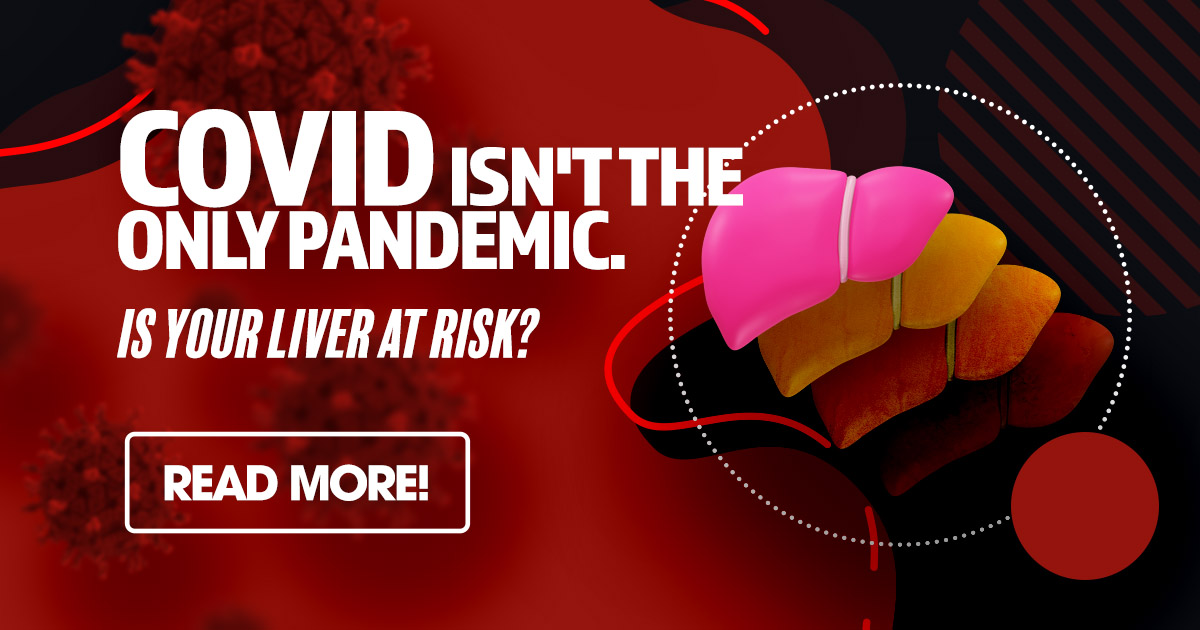A pandemic a disease that is prevalent over an entire country or around the world. In early March, COVID-19 was classified as a pandemic by the World Health Organization (WHO), but one could argue that there is another silent pandemic sweeping the nation, fatty liver disease. In fact, according to the NIH, between 30 and 40 percent of adults in the US are living with or at risk for a fatty liver.[1]
Fatty Liver Has Virtually No Symptoms
Unlike the coronavirus, a fatty liver has virtually no symptoms, which means someone could be living with a fatty liver and not even know it. This could make living with a fatty liver disease even more dangerous. While some damage done to the liver can be reversed, without proper action, a fatty liver could eventually lead to irreversible cirrhosis or even cancer of the liver.
As mentioned, most people experience no symptoms, but some symptoms one could experience includes[2]:
- Abdominal pain
- Loss of appetite or weight loss
- Nausea
- Weakness
- Jaundice
- Extreme fatigue or tiredness

A Fatty Liver Comes in Stages
Nonalcoholic Fatty Liver Disease, or NAFLD, is a type of liver disease caused by the accumulation of fat around the liver due to a poor diet and a sedentary lifestyle. It is a progressive condition that occurs in the following four stages[3]:
- Stage 1 – Normal Liver: Excess fat has built up in the liver cells, but there are typically no symptoms. This stage is considered harmless.
- Stage 2 – Nonalcoholic Steatohepatitis (NASH): The excess fat around the liver has caused the liver to become inflamed, suggesting some liver damage.
- Stage 3 – Fibrosis: The inflammation caused by the excess fat around the liver has become persistent, resulting in fibrosis scar tissue replacing some of the healthy liver tissue.
- Stage 4 – Cirrhosis: The most severe stage. There are now bands of scar tissue, and the liver has shrunk and become lumpy. Eventually, the liver could fail to function.

Is Your Liver At Risk?
Certain risk factors make a person more susceptible to developing a fatty liver. Those include being obese, having high cholesterol, having type 2 diabetes, or another metabolic syndrome.
Fatty liver disease is a progressive condition, but by taking the right steps, it may be manageable or even reversible. Diet and exercise may not be enough for everyone, so it’s essential to know your options. There is currently no FDA treatment available, but research studies are evaluating potential new options.
Free fibroscans are available to adults who think they may be living with a fatty liver. Based on the results, research studies may be an option. Learn more about scheduling your free fibroscan here.
[1] https://www.niddk.nih.gov/health-information/liver-disease/nafld-nash/definition-facts
[2] https://my.clevelandclinic.org/health/diseases/15831-fatty-liver-disease


